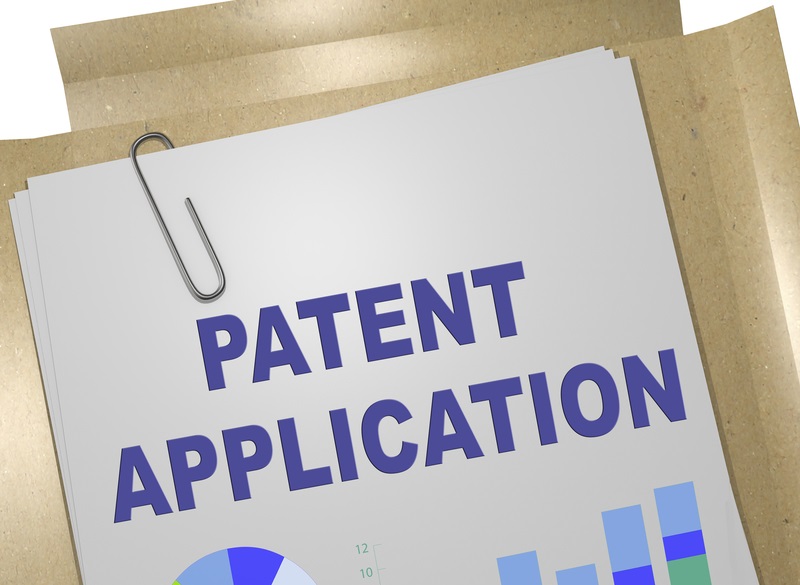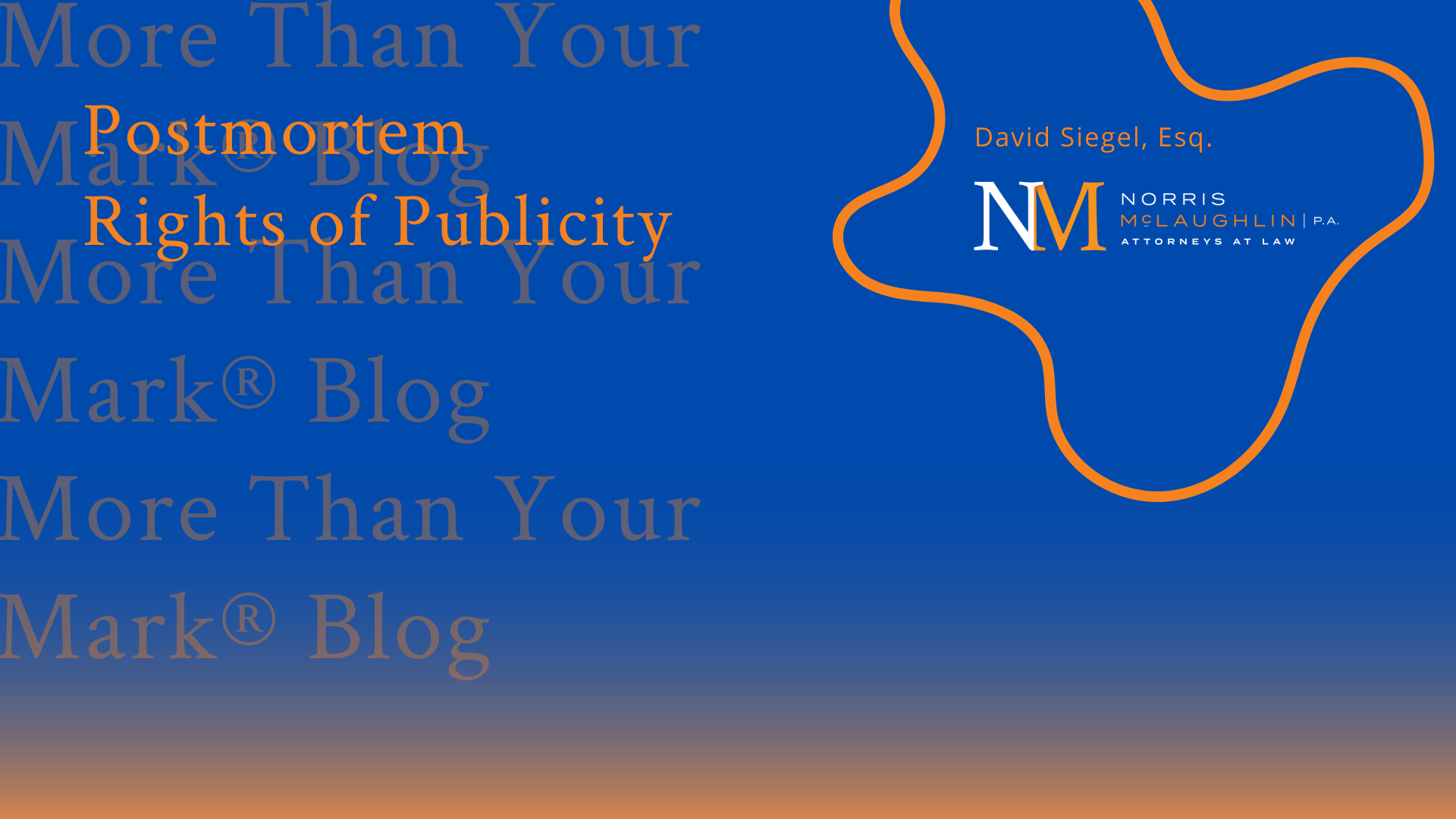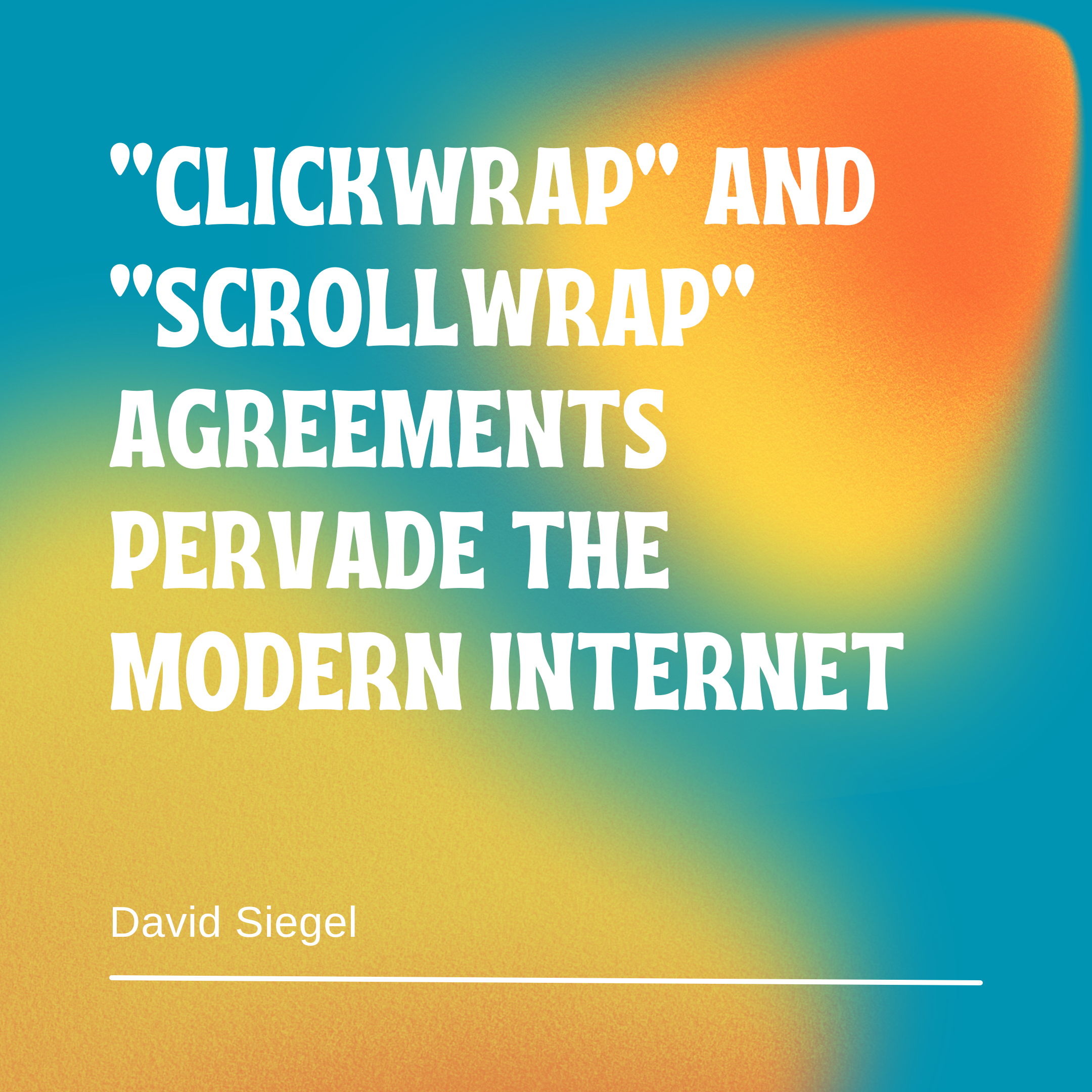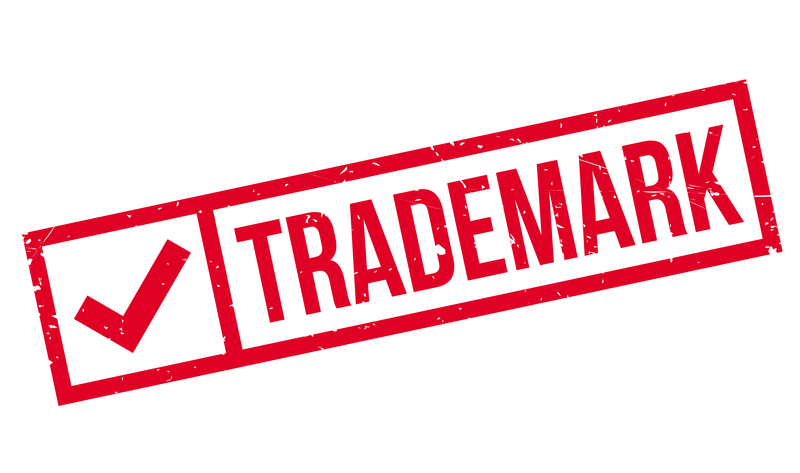When Will My Patent Expire? – Calculating Your Patent Term – A Review

The term of a patent defines the time during which the patent is in force and infringing activities may be acted upon.
Factors to Consider for Patent Term Calculations
The standard term of U.S. patents (other than design patents) issued from applications filed on or after June 8, 1995, is defined by the “twenty-year term,” which is subject to adjustment due to various factors:
- type of application (utility, design, plant);
- filing date of the application;
- issue (grant) date of the patent;
- benefit claims under 35 U.S.C. §120, 121 or 365(c);
- timely payment of maintenance fees;
- terminal disclaimer(s);
- patent term adjustments under 35 U.S.C. §154; and
- patent term extensions under 35 U.S.C. §156.
Acknowledging the difficulty of calculating a patent expiration date in view of the many factors to be considered, and in response to public inquiry, the USPTO now provides a downloadable patent term calculator for estimating patent expiration date, available online here.
The Standard Patent Term
In 1995, the standard patent term was changed to the “twenty-year term” to bring U.S. patent law into conformity with the World Trade Organization's Agreement on Trade-Related Aspects of Intellectual Property Rights (TRIPs) as negotiated in the Uruguay Round. Prior to the change, U.S. patents have a term of 17 years from the grant date.
According to the “twenty-year term,” U.S. patents (other than design patents) issued from applications filed on or after June 8, 1995, have a term beginning on the date of patent issue and ending on the date that is 20 years from the earlier of its filing date or that of a prior U.S. non-provisional or PCT application from which it claims priority.
The term for patents (other than design patents) that were in force on June 8, 1995, or that issued on an application that was filed before June 8, 1995, is the greater of the “twenty-year term” or 17 years from patent grant.
U.S. Provisional Applications and Foreign Priorities
Domestic priority to one or more U.S. provisional applications is not considered in the calculation of the twenty-year term. The twenty-year term is calculated from the filing date of the non-provisional application that claims priority from the earlier filed provisional application.
Also, foreign priority is not considered in determining the patent term. Accordingly, an application claiming foreign priority has a term that ends 20 years from the date the application was effective filed the U.S., and not the priority date.
Continuing (Continuation, Divisional, or Continuation-in-part) Applications
A patent granted on a continuing application that was filed on or after June 8, 1995, has a term ending 20 years from the filing date of earliest application for which a benefit is claimed, regardless of whether the application for which a benefit is claimed was filed prior to June 8, 1995.
International Applications
A patent granted on a U.S. national stage application of an international application filed before June 8, 1995, has a term that is the greater of the “twenty-year term” or 17 years from the date of grant.
A patent granted on a U.S. national stage application of an international application filed on or after June 8, 1995, has a term ending 20 years from the filing date of the international application. Similarly, a continuation or a continuation-in-part application claiming the benefit of such an international application has a term of 20 years from the filing date of the parent international application.
Maintenance Fees
After a U.S. utility patent issues, maintenance fees are payable to the USPTO at 3 specific time points: maintenance fees can be paid without a surcharge at 3 to 3.5 years, 7 to 7.5 years, and 11 to 11.5 years after the date of issue. Maintenance fees can be paid with a surcharge during the "grace periods" at 3.5 to 4 years, 7.5 to 8 years, and 11.5 to 12 years after the date of issue. Maintenance fees cannot be paid early.
If maintenance fees and any applicable surcharges are not timely paid, the patent protection lapses, and the rights provided by the patent are no longer enforceable.
Terminal Disclaimers
Sometimes, patent applicants file one or more terminal disclaimers during the patent prosecution process to overcome a “double patenting” rejection by the U.S. patent examiner. This scenario often arises when an applicant already has an issued patent on an invention and subsequently files a second application for the same invention with minor improvements. In such cases, the USPTO may allow the second application to issue only if a terminal disclaimer is filed. Generally, terminal disclaimer places 2 limitations on the second patent: (1) it expires at the same time as the earlier patent, and (2) it is enforceable only if it has common ownership with the earlier patent. Thus, the standard patent terms may be reduced by terminal disclaimer(s).
Patent Term Adjustment (PTA) and Patent Term Extension (PTE)
The standard patent term may be extended by PTA (35 U.S.C. §154) or PTE (35 U.S.C. §156), which can be extremely valuable for products that have long development and/or regulatory approval lifecycles, for example in the case of pharmaceuticals.
As the “twenty-year term” is calculated not from the date of grant, but rather from an effective U.S. filing date, PTA is intended to adjust patent term to compensate for USPTO delays during the examination process. Patents that issue from applications filed before June 8, 1995, are not eligible for patent term adjustment under 35 U.S.C. §154. PTA is calculated and awarded by the USPTO automatically and printed on the issued patent itself.
In contrast, PTE is intended to compensate for commercialization delays due to premarket regulatory review, in particular, delays associated with approval by the Food and Drug Administration (“FDA”). PTE that may be available under 35 U.S.C. §156 is separate from and added to any extensions that may be available based on PTA under 35 U.S.C. §154. While patents that issue from applications filed before June 8, 1995, are not eligible for term adjustment under 35 U.S.C. §154, terms of such patents may be extended under 35 U.S.C. §156. Further, unlike PTA, PTE is not automatically calculated and awarded, and not printed on the patent.
The details of calculating PTA and PTE is outside the scope of this review and will be addressed in subsequent, dedicated posts.



